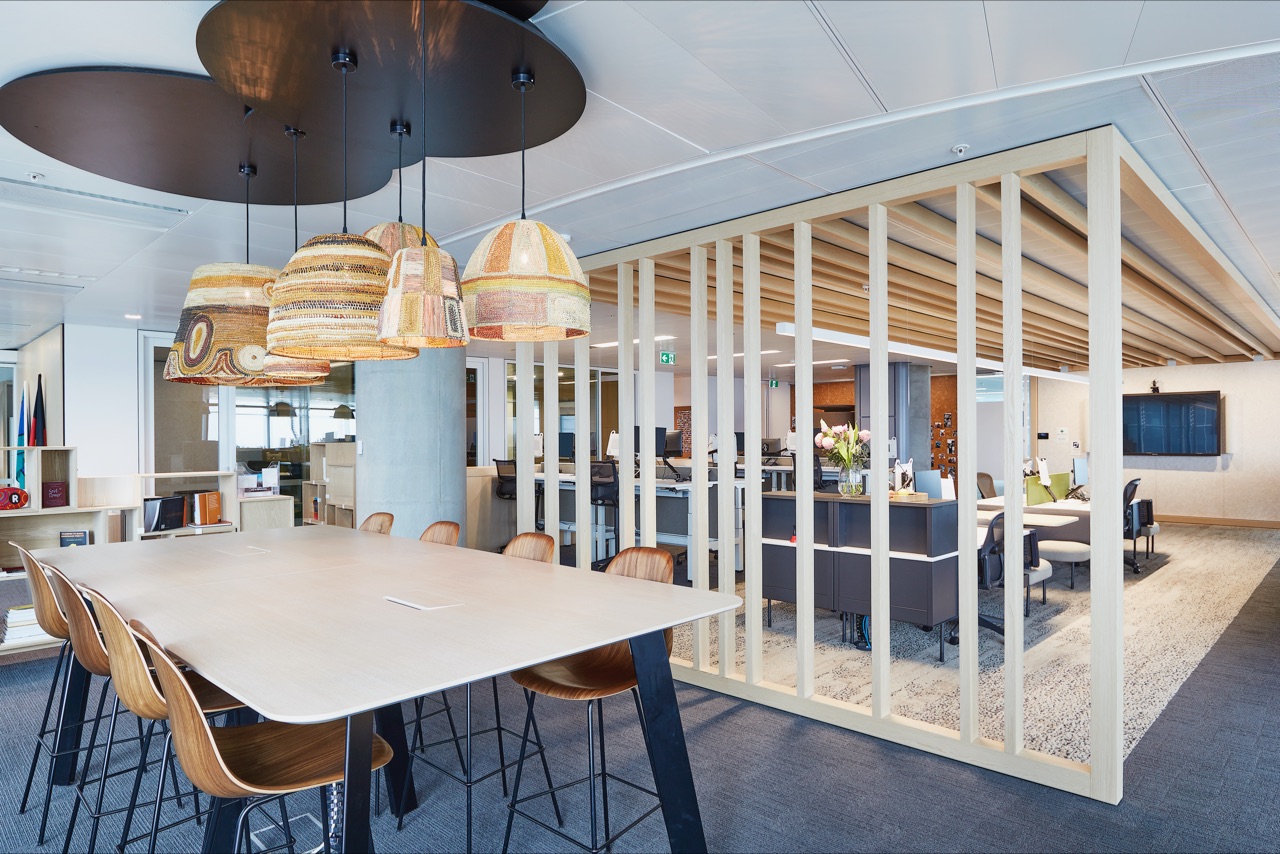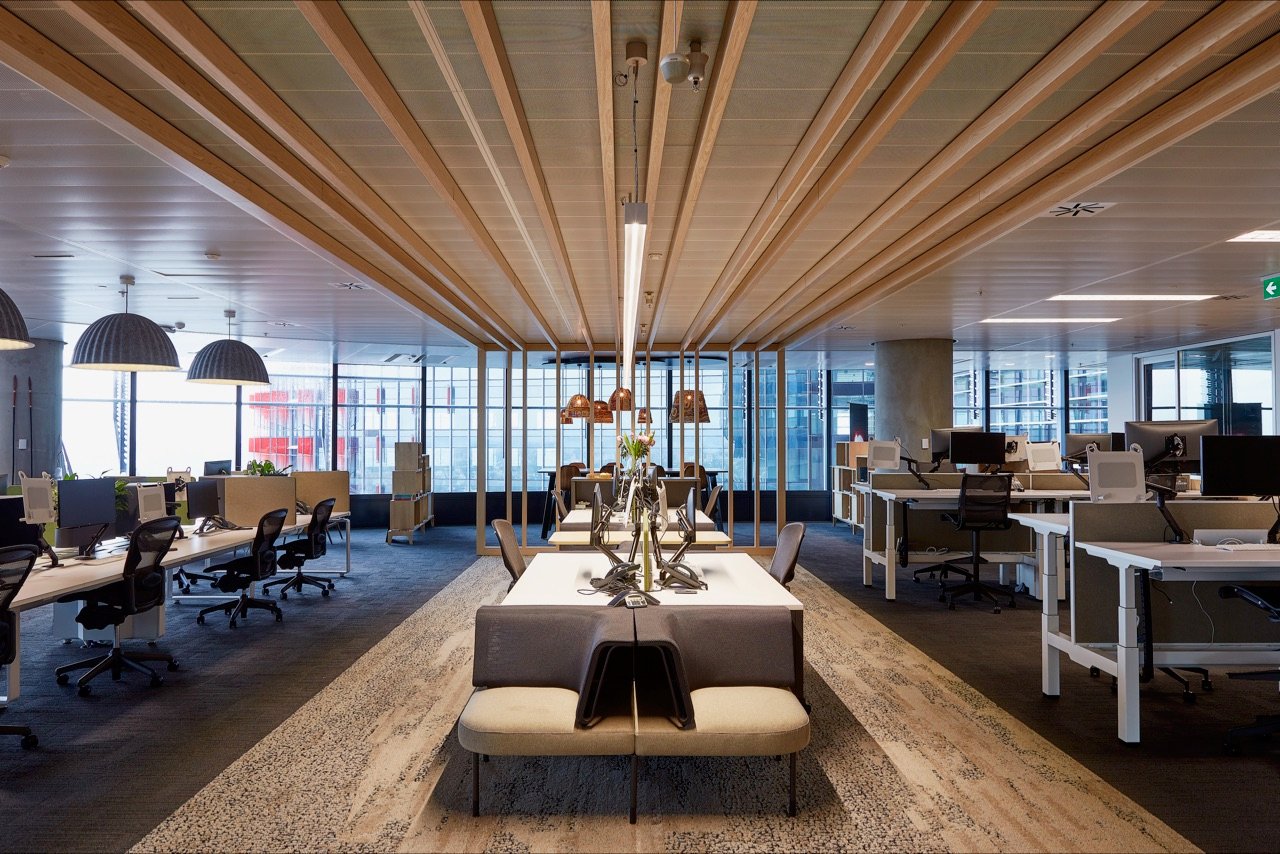The University of Sydney’s Coaching Psychology Unit has introduced a concept where workplace wellbeing extends beyond the realm of HR and branches into building design, interiors and a workplace’s social environment.
The PBWE comes after a study called ‘Towards a Positive Psychology of Buildings and Workplace Community: Delineating the Benefits of the Positive Built Workplace Environment’, conducted by Professor Anthony Grant, Sean O’Connor, Ingrid Studholme and Ariella Berger.
It puts the onus on building property managers to encourage positive values such as inclusiveness, respect and engagement in the early stages of design. This could be through incorporating ‘green’ strategies and sustainability into the physical aspects of buildings.
According to Professor Grant, PBWE is the synergy between positive leadership, positive design and positive values.
PBWE is the synergy between positive leadership, positive design and positive values.
“For many years, we’ve seen the benefits of positive psychology in the workplace, including values-based leadership and values-based workplace environments or design on employee wellbeing,” he says.

“However, it is only now we are seeing the next wave of this workplace shift, where the two high-impact fields are brought together in a powerful integrated model.”
Professor Grant highlights that there is an increasingly sophisticated approach to the structure of the workplace environment, where open plan workspaces are being balanced with accessible private rooms and work areas. This enables a shift from hot desk arrangements to a more cooperative workplace environment.
Putting PBWE to the test
The research included a case study conducted at International Towers, in Tower Two and Tower Three, at Barangaroo in Sydney, Australia. It demonstrated how PBWE promotes sustainable high performance – in terms of both organisational performance and employee wellbeing.
The towers used the principles of PBWE – creating work environments designed to encourage and inspire interaction between cross-functional teams.
This included open spaces, visible gathering spaces and transparent activity rooms.
“In this next generation model, which is reflected within the International Towers environment, we can see the three basic human needs of self-determination or autonomy, competence and relatedness being brought together by the design and management of this new generation of workplaces – the PBWE,” Professor Grant says.
“Lots of organisations have open-plan, free flow workspaces, but very few have also harnessed a specific set of human needs and values and encouraged the leaders to enact those values across all levels of the workplace.”
The study also found that well-designed workplace layouts and a ‘green’ working environment can increase organisational productivity by 19% and increase individual performance on cognitive tasks by more than 61%.
Well-designed workplace layouts and a ‘green’ working environment can increase organisational productivity by 19%.
They were also found to reduce headaches and respiratory complaints by 30%, and help workers sleep better.
International Towers General Manager Tony Byrne comments that employers who adopted the PBWE approach would generate greater innovation while simultaneously reducing work-related stress.
“Creating optimal conditions for employees in collaborative settings such as International Towers has an added bonus of being a drawcard for new and top talent, particularly millennials,” he adds.
Are workplace wellbeing tools actually helping staff achieve high performance in their work and life? We find out.





